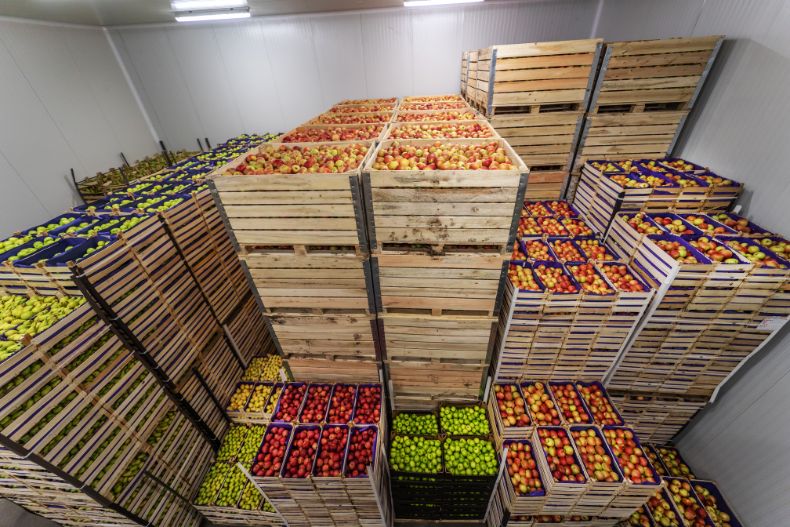Providing a food delivery service requires you to invest in the right types of packaging, adhering to food safety regulations, and using a reliable courier to safely deliver goods to customers’ homes. Careful handling and shipping processes ensure the quality and freshness of your food deliveries until they arrive at their destinations.
Below, we have covered some of the best practices for shipping perishable items, such as fruits, vegetables, fresh meats, and seafood, as a food business. By following these practices, you can keep your customers satisfied, increase their loyalty to your brand, and build a strong reputation within the food delivery industry.

Use Temperature-Sensitive Packaging During Food Storage and Delivery
When shipping fresh produce, maintaining the correct environmental temperature is essential for keeping the goods fresh. You might need to invest in thermal components or wholesale ice packs for shipping your food items, depending on the types of foods you provide for your customers.
Ensuring you choose high-quality packaging keeps your items as fresh as possible and prevents them from spoiling during transit. When your deliveries arrive in perfect condition to your customers’ door, they will be happy, satisfied, and more likely to continue using your food delivery services.
Provide Quick and Efficient Delivery Services for Customers
When customers order food, they want it at their doors quickly. Providing rapid delivery services can help to maintain high customer satisfaction and loyalty, boosting your business success.
Quick delivery also reduces the risk of spoilage and ensures your foods remain as fresh as possible until they reach your customers’ homes.
Offer express shipping and optimise your delivery processes so your drivers can find the quickest routes to their delivery destinations. Consider investing in a real-time navigation application to provide your drivers with ongoing traffic updates and optimised delivery routes to minimise delays during transit.
Ensure Proper Food Handling, Preparation, and Storage
There are several laws governing the handling, preparation, and storage of perishable goods to minimise the risk of contamination and illness. You must ensure your staff, including those preparing the food and those delivering it to customers, follow the best practices for food safety.
Provide the necessary training to keep your staff informed of the latest food-related health and safety policies, and offer additional resources and support if necessary.
Use Clear Labels on Your Food Packages
Clearly labelling your packages with information about the fresh foods they contain will make things easier for your kitchen and delivery staff. It will streamline the food preparation process, so your customers receive their orders in a timely manner.
Proper labelling also ensures the right orders are sent to the right customers and avoids errors and delays that could lower customer satisfaction and damage your business reputation.
Include information about the contents of your packages, temperature requirements, and separation dates on the labels. You should label packages for storage in your kitchen and for deliveries for maximum efficiency and safety.











